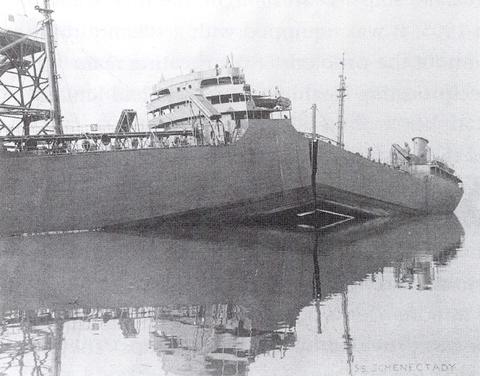
A series of catastrophic failures in U.S. ships during World War II prompted the start of a program still in existence and going strong at NIST.
Many of the Liberty ships sent into the cold waters of the Atlantic Ocean did not reach their destination, sinking unexpectedly with many lives lost in the process.
The steel the ships were built from should have been mechanically strong enough to withstand the applied stresses, but simple mechanical strength (tensile testing) didn’t account for the presence of defects inside the materials. The manufacturers didn’t account for toughness.
In the wake of the tragic losses, the U.S. Army first initiated a program centered around the test for toughness created by French researcher Georges A.A. Charpy at the start of the 20th century. The U.S. Army initiated the program in the late 1960s, and NIST took over in 1989.
Laboratories and manufacturers around the world still use the Charpy test, but they turn to NIST to make sure that their machines are working properly. Our 17 standard reference materials (SRMs) for Charpy testing help manufacturers ensure that their machines are in good working order.
Find the full details behind NIST’s Charpy Machine Verification Program.
Follow us on social media for more like this from all across NIST!

